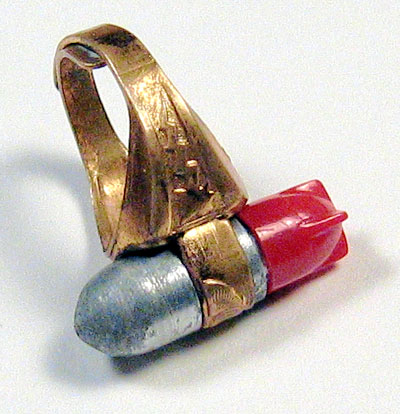Atomic Advent Calendar: Day 9 Gift Ideas




As the Cold War became prominent after World War II, numerous toys and games became available to young children. The popularity of military toys helped children to express the events in the adult world by acting out what they saw in movies and on TV. Similarly, these Giant Atomic Bombs were shaped like rockets which held a cap on its tip that exploded when it struck a hard surface.
The display box reassured parents that it’s a safe, harmless cap shooting toy, and did not actually contain any radioactive materials. The “bombs” were futuristic with tiny robot figures on the sides and came in yellow, black, and green — similar in color to the fallout shelter signs.
The box showed a variety of jets and planes dropping bombs, including a Convair B-36 Peacemaker, in use by the United States Air Force from 1949-1959. Kids could buy one or a whole box load of bombs to throw at each other to role play the effects of atomic warfare.
Buy one! Buy one hundred! Just don’t think about the real ones in the missile silos.













